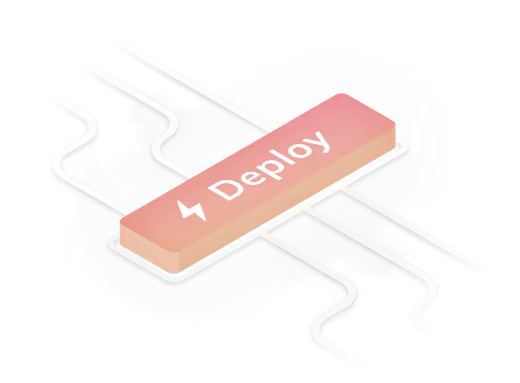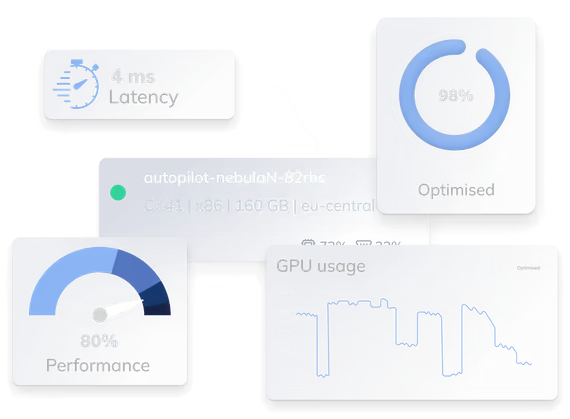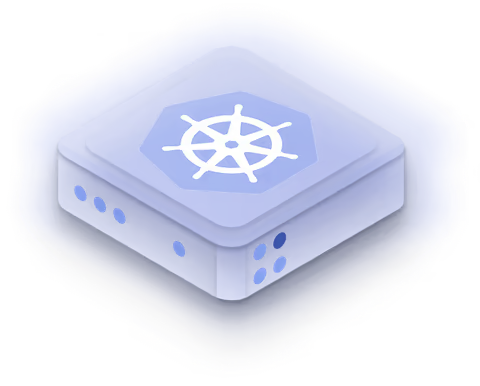Preconfigured Kubernetes Solutions for Fast and Easy Deployment
Our Kubernetes Management Platform offers pre-configured clusters that allow you to deploy fully operational Kubernetes environments quickly and effortlessly.
These clusters come optimized with best practices and configurations, enabling you to focus on your applications rather than setup complexities.

Some of the Benefits You Will Have

Instant Deployment
Launch fully configured Kubernetes clusters in minutes. Our pre-configured clusters are designed for quick deployment, so you can start working on your applications immediately.

Consistency
Ensure consistency across development, testing, and production environments. With pre-configured clusters, you can replicate the same setup across multiple stages, reducing errors and simplifying migrations.
Simplified Management
Leave the entire lifecycle of your clusters to Syself, from creation to scaling and upgrades, we automate it all, so you can maintain your environments with minimal effort.

Get Started With Syself
All-in-One Kubernetes Management , 100% Hassle-Free
Reduce your Kubernetes operational costs by up to 80% with our reliable, easy-to-use management platform—saving time, money, and resources.
Production-Ready Kubernetes
At Syself, we take care of everything so you don’t have to. Our fully managed Kubernetes solution ensures your clusters are always production-ready, secure, and optimized—without you lifting a finger.
Focus on Your App, We’ll Handle the Rest
Syself removes the complexity of Kubernetes, letting you focus on building and running your applications. We manage the full lifecycle of your clusters and more.
24/7 Expert Support
Database-Ready
Seamless Onboarding
Proactive Monitoring
- Cost Savings
- +80%
- Daily Users Processed
- 100M
- Faster Time to Market
- 7X
- Reduction in Outages
- 38%
